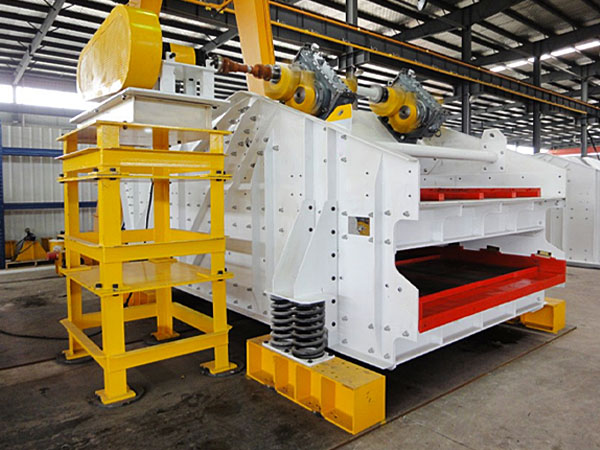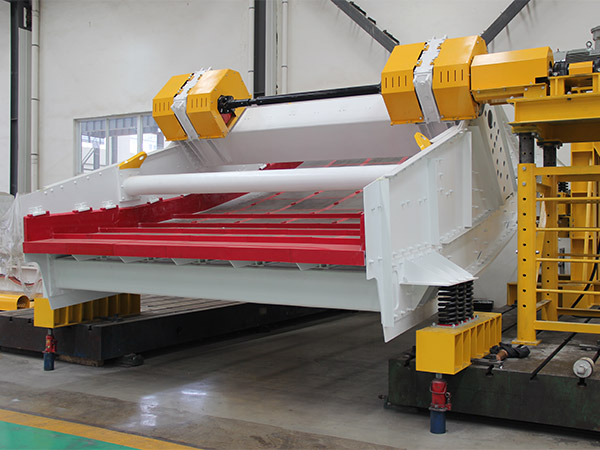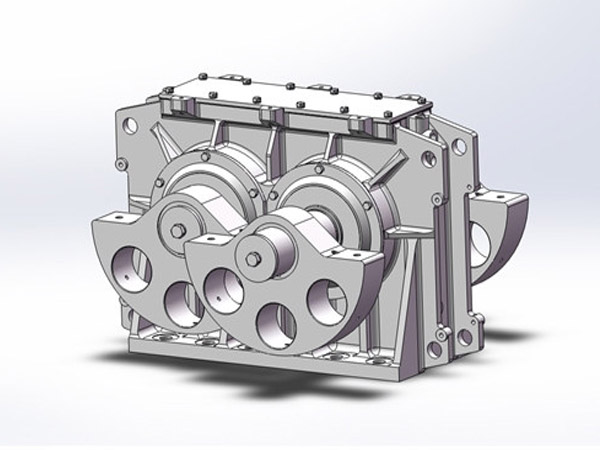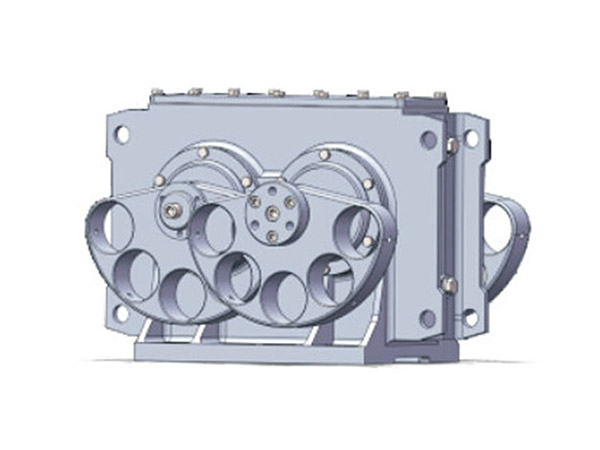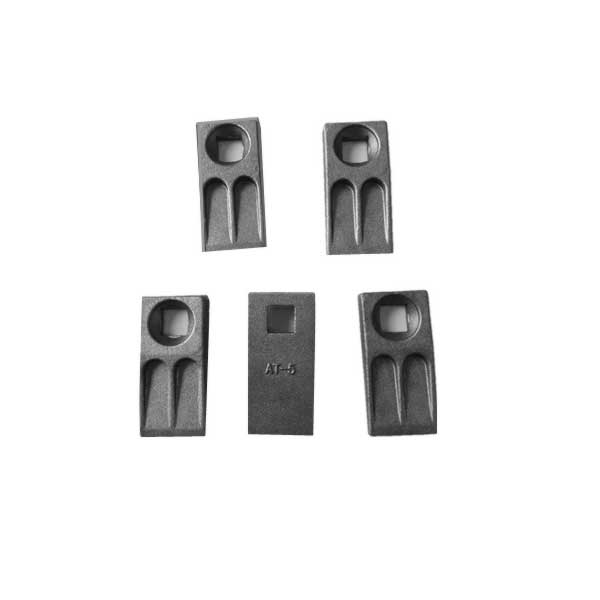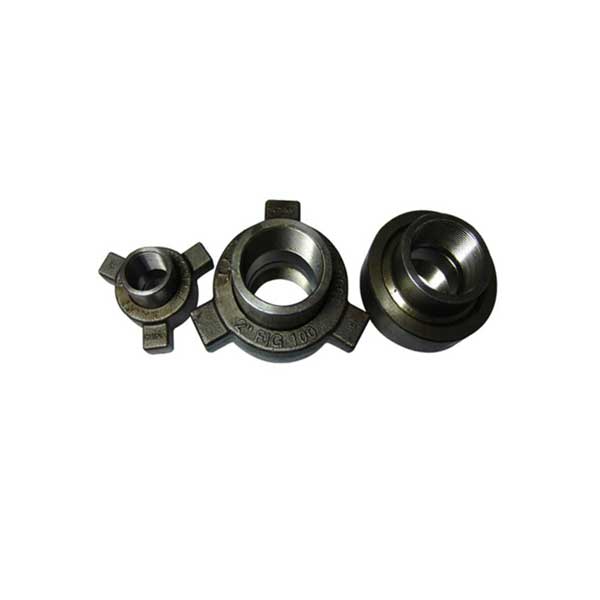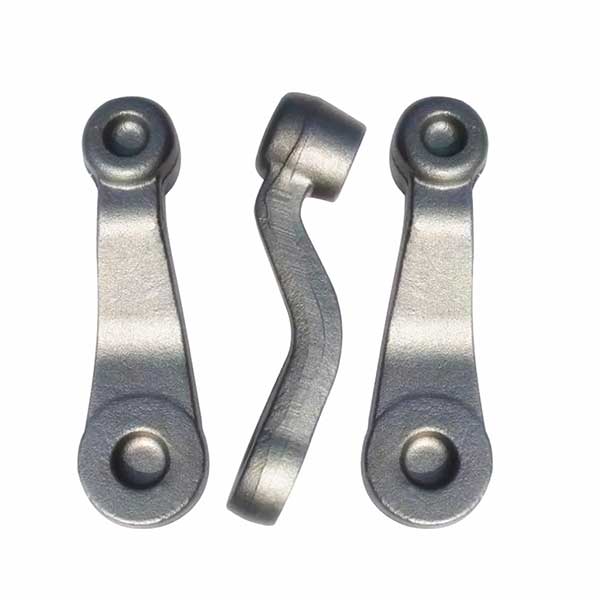UNA Pantalla vibrante, también conocido como tamiz o separador, es un dispositivo mecánico utilizado para separar materiales por tamaño de partícula a través de la vibración y el movimiento de la superficie de la pantalla.. La eficacia de una criba vibratoria depende de varios factores., incluyendo el tipo de material que se procesa, La amplitud y frecuencia de las vibraciones., el ángulo de inclinación de la pantalla, y el diseño de la pantalla en sí.
¿Cómo es la efectividad de una criba vibratoria?
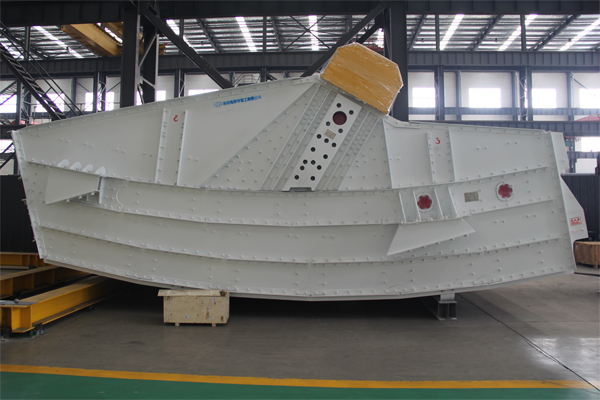
Separación de partículas
El objetivo principal de una criba vibratoria es separar partículas según su tamaño.. El tamaño de la malla o la abertura de la pantalla determina el tamaño de las partículas que pueden pasar.. Las partículas más grandes quedan retenidas en la superficie de la pantalla y se denominan de gran tamaño., mientras que las partículas más pequeñas pasan a través y se denominan de tamaño insuficiente.. La eficacia de la pantalla está determinada por la precisión con la que separa estas partículas según su tamaño..
Eficiencia de detección
La eficiencia de cribado de una criba vibratoria se refiere al porcentaje de partículas de tamaño insuficiente en el material de alimentación que realmente pasan a través de la criba y se recogen como producto.. Una mayor eficiencia de cribado indica que la criba está separando eficazmente partículas del tamaño deseado.. Factores como la amplitud de la vibración., frecuencia, y la inclinación de la pantalla juegan un papel en la determinación de la eficiencia de la pantalla..
Capacidad
La capacidad de una criba vibratoria es la cantidad de material que puede procesar en un período de tiempo determinado.. Una criba vibratoria eficaz debería poder manejar la capacidad deseada sin causar un desgaste excesivo., cegamiento de la superficie de la pantalla, u otros problemas operativos.
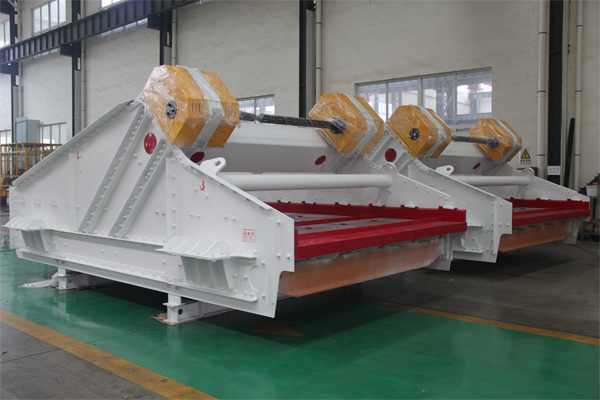
Cegamiento de pantalla
El cegamiento de la pantalla ocurre cuando las partículas quedan atrapadas en las aberturas de la pantalla., reduciendo el área abierta efectiva y disminuyendo la eficiencia de detección. Esto puede suceder debido a factores como la humedad., partículas finas, y altas tasas de avance. Los diseños de pantalla eficaces incorporan características para minimizar el cegamiento, como dispositivos anti-cega y tratamientos de superficie de pantalla.
…
Para información más detallada sobre el efecto de la criba vibratoria, haga clic para visitar: https://www.hsd-industry.com/news/how-effective-is-a-vibrating-screen/

